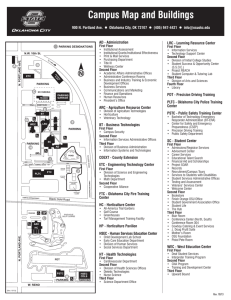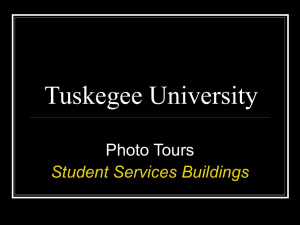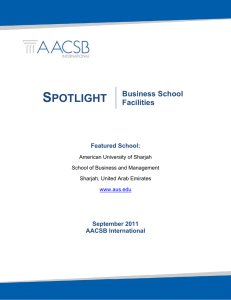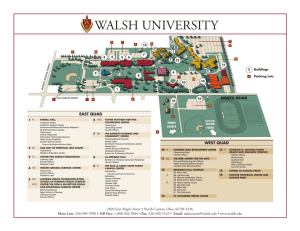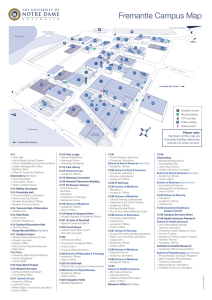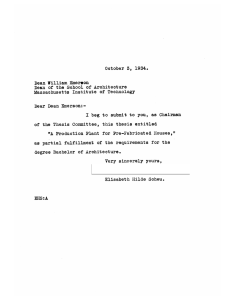Denison Hall was erected in 1960 with classrooms, laboratories
advertisement
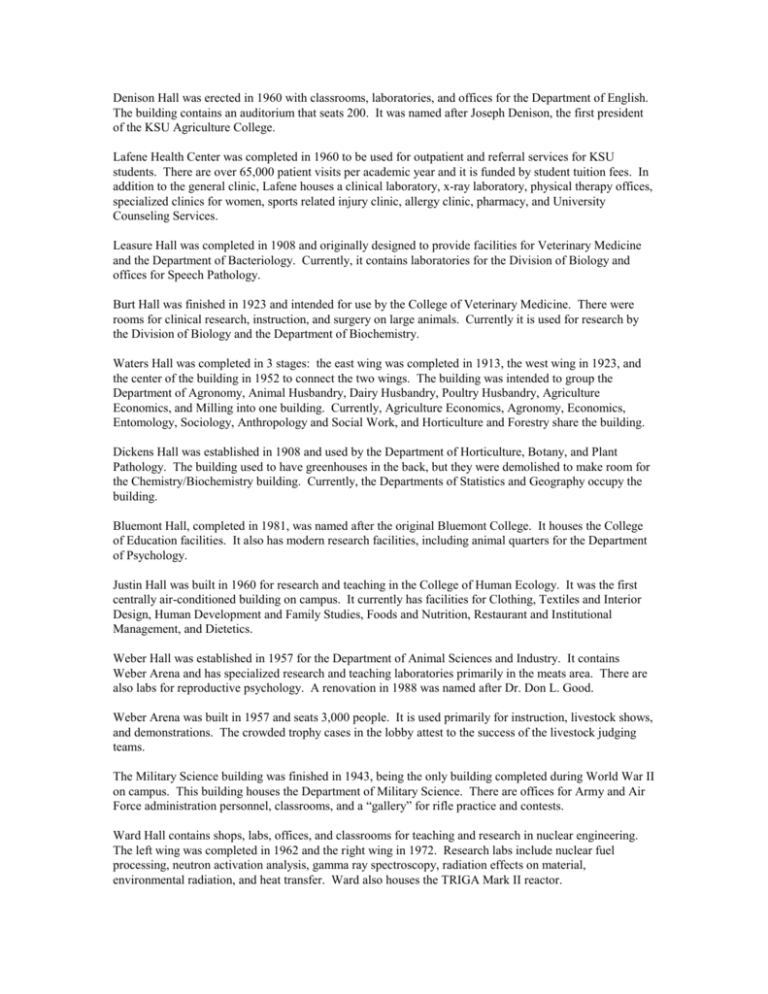
Denison Hall was erected in 1960 with classrooms, laboratories, and offices for the Department of English. The building contains an auditorium that seats 200. It was named after Joseph Denison, the first president of the KSU Agriculture College. Lafene Health Center was completed in 1960 to be used for outpatient and referral services for KSU students. There are over 65,000 patient visits per academic year and it is funded by student tuition fees. In addition to the general clinic, Lafene houses a clinical laboratory, x-ray laboratory, physical therapy offices, specialized clinics for women, sports related injury clinic, allergy clinic, pharmacy, and University Counseling Services. Leasure Hall was completed in 1908 and originally designed to provide facilities for Veterinary Medicine and the Department of Bacteriology. Currently, it contains laboratories for the Division of Biology and offices for Speech Pathology. Burt Hall was finished in 1923 and intended for use by the College of Veterinary Medicine. There were rooms for clinical research, instruction, and surgery on large animals. Currently it is used for research by the Division of Biology and the Department of Biochemistry. Waters Hall was completed in 3 stages: the east wing was completed in 1913, the west wing in 1923, and the center of the building in 1952 to connect the two wings. The building was intended to group the Department of Agronomy, Animal Husbandry, Dairy Husbandry, Poultry Husbandry, Agriculture Economics, and Milling into one building. Currently, Agriculture Economics, Agronomy, Economics, Entomology, Sociology, Anthropology and Social Work, and Horticulture and Forestry share the building. Dickens Hall was established in 1908 and used by the Department of Horticulture, Botany, and Plant Pathology. The building used to have greenhouses in the back, but they were demolished to make room for the Chemistry/Biochemistry building. Currently, the Departments of Statistics and Geography occupy the building. Bluemont Hall, completed in 1981, was named after the original Bluemont College. It houses the College of Education facilities. It also has modern research facilities, including animal quarters for the Department of Psychology. Justin Hall was built in 1960 for research and teaching in the College of Human Ecology. It was the first centrally air-conditioned building on campus. It currently has facilities for Clothing, Textiles and Interior Design, Human Development and Family Studies, Foods and Nutrition, Restaurant and Institutional Management, and Dietetics. Weber Hall was established in 1957 for the Department of Animal Sciences and Industry. It contains Weber Arena and has specialized research and teaching laboratories primarily in the meats area. There are also labs for reproductive psychology. A renovation in 1988 was named after Dr. Don L. Good. Weber Arena was built in 1957 and seats 3,000 people. It is used primarily for instruction, livestock shows, and demonstrations. The crowded trophy cases in the lobby attest to the success of the livestock judging teams. The Military Science building was finished in 1943, being the only building completed during World War II on campus. This building houses the Department of Military Science. There are offices for Army and Air Force administration personnel, classrooms, and a “gallery” for rifle practice and contests. Ward Hall contains shops, labs, offices, and classrooms for teaching and research in nuclear engineering. The left wing was completed in 1962 and the right wing in 1972. Research labs include nuclear fuel processing, neutron activation analysis, gamma ray spectroscopy, radiation effects on material, environmental radiation, and heat transfer. Ward also houses the TRIGA Mark II reactor. Kedzie Hall became the first building in the United States designed primarily for home economics when it was built in 1899. The art department resided on the second floor, domestic science on the first floor, and a cafeteria in the basement. At present, the A.Q. Miller School of Journalism and Mass Communications, Department of Political Science, and K-State Printing and Student Publications reside within Kedzie. Call Hall was created in 1963 for the Department of Animal Sciences and Industry in the areas of physiology, nutrition, food chemistry, and genetics. The second floor houses the offices for the Department of Forestry. In Call Hall there is a special classroom, conference room, and display cabinets for artwork associated with the poultry industry. Call Hall is also home to the famous Call Hall ice cream. Bushnell Hall was finished in 1949 and named after Dr. Leland D. Bushnell, the Head of the Department of Bacteriology starting in 1912. It has the offices and research labs for the Division of Biology. Fairchild Hall was built in 1894 for a “Library and Agricultural Science Hall”. The Library was located in Fairchild until Farrell Library was built. Fairchild currently has office space for the Graduate School, Student Financial Aid, Planning and Evaluation Services, the Center for Aging, and computer labs. The bronze bust of William Alexander Harris, a “soldier, statesman, farmer, breeder”, rests on a pedestal in front of this building. Throckmorton was finished in 1981 and replaces the outdated facilities in Waters Hall. It expands the research facilities for many departments. It currently houses the departments of Agronomy, Plant Pathology, Entomology, and Horticulture. There are greenhouses for the departments of Entomology and Horticulture. Edwards Hall was designed in 1968 to house 192 “Wildcat” athletes. It provided dining space, a swimming pool, recreational and weight-lifting facilities, lounges, and sleeping accommodations. In 1977 it was turned into general dormitory space. The Vanier Football Complex includes the KSU Football Stadium, offices, coaches’ facilities, dressing and training rooms, locker rooms, and weight training facilities. The KSU Football Stadium was built in 1968 to replace the Old Memorial Stadium, and the rest of the complex was built starting in 1972. King Hall was built in 1966 with laboratories, demonstration rooms, classrooms, and offices for the Department of Chemistry. Recently, it was connected to the Chemistry/Biochemistry Building. King was built to accommodate the Department of Chemistry which outgrew Willard Hall. Frank Myers Baseball Complex was built in 1961. Frank Myers was baseball coach in 1921, assistant athletic director from 1926 to 1948, and director of intramural sports from 1948 to 1962. The Galichia Institute was created in 1994 for the Department of Gerontology and Family Studies. Calvin Hall was created in 1908 as a Domestic Science and Art Hall. The Department of Economics outgrew Kedzie and moved to Calvin. In 1960, it was remodeled for the College of Business Administration with classrooms and offices. McCain Auditorium was flexibly designed in 1970 with acoustically and seating adjustable facilities. The ceiling of the auditorium can be lowered to cut off the balcony, reducing the seating from 1800 to 900. A three story addition to the east provides instructional, rehearsal, and storage rooms for the Department of Music. In the basement there is a seismograph for the Department of Geology.
